Due to work and the holidays, progress on the scenery project has been slow. Another factor is that I have never created model railroad scenery before, and I do not yet have a standard workflow. As a consequence, I tend to get immobilized by decisions regarding what to do next. Hopefully that will diminish as I get some experience, and progress will be quicker.
This week, I was able to assemble some “SuperTrees” from Scenic Express. They do indeed make very nice trees, but assemble is the operative word. The “trees” are actually a dried Scandinavian weed or somesuch (I am told), and come all matted together in a large box. They are quite fragile and brittle, and the process of trying to separate them creates numerous small “tree fragments”, some of which are useful as smaller trees and shrubs, some of which are too small to be of use. I am using the techniques outlined by Tony Koester in the May 2014 Model Railroader article, “Trees in 60 Seconds”. The actual instructions that come with the trees recommend soaking the trees in matte medium, coating them with the flock leaves, and hanging them upside down to dry. Like Mr. Koester, I don’t have time for that, and the only place I would have room for that process is the garage, the ambient temperature of which is currently around 15 degrees F.
Instead, I used the article as a guide, first painting the trees with flat grey primer, followed by a heavy dose of high-hold hairspray, then flocking with Noch leaves. The Noch leaves are relatively expensive, but do go a fairly long way when using this method.
Many of the trees are curved as well, which adds a separate set of issues. They usually cannot be straightened without breaking the tree.
With those caveats, they do assemble into very nice trees:
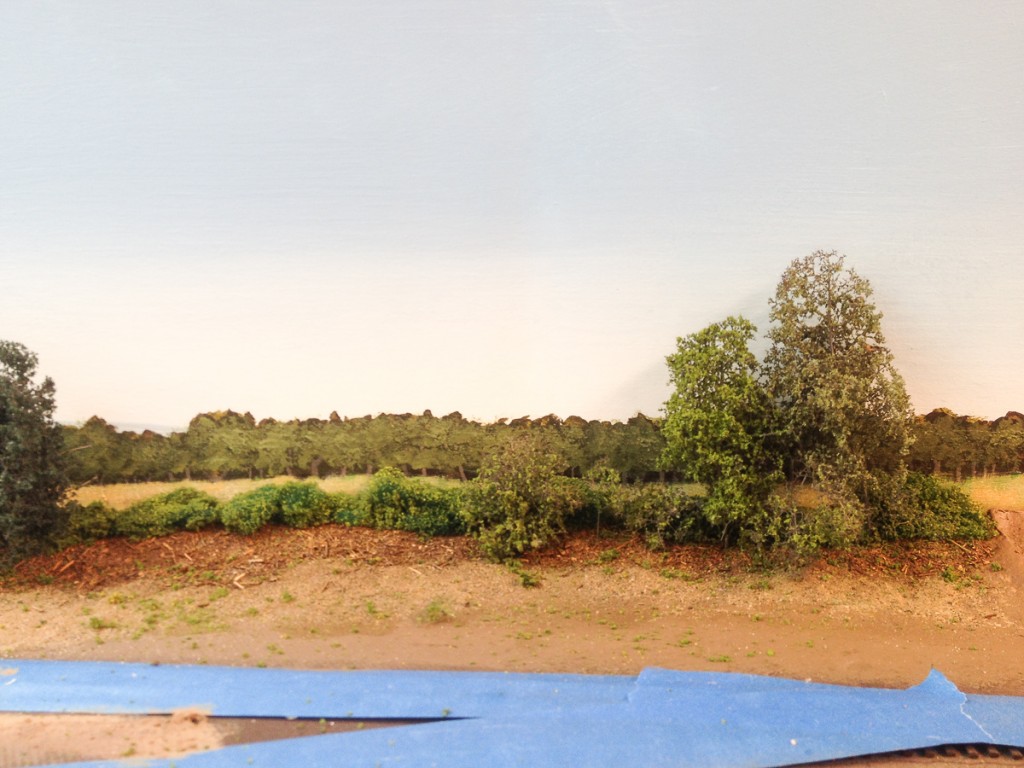
One thing that is not made clear in the model railroad press and blogs, is how to glue the dang things to the layout. As I mentioned, they are very fragile and brittle, and are often curved. I initially poked a hole in the scenery base with an awl, then dabbed some full-strength white glue on the lower trunk and stuck it in the hole. Unfortunately, some of the trees tend to lean, so I switched to a hot glue gun instead of trying to keep the trees vertical while the white glue set. This works better, but the downside is that the hot glue sometimes will show at the tree base, and will have to be touched up with paint or covered with ground foam.
Once I had a group of trees in place, I slid a piece of clean paper behind them to protect the backdrop, and misted them with dilute matte medium. My hope is that this will cause the leaves to adhere better and make the entire tree a little less fragile. Time will tell on that one.
As I said, the results are really worth the effort, in my opinion. I will not use them on the entire layout, only in scenes relatively close to the viewer. I plan on using good old puffball trees on more “distant” hills and ridges. I’m not sure yet how to manage that transition visually, but I have a vague idea or two for now.
While the trees were drying from the matte medium, I applied some rock castings to a hillside:
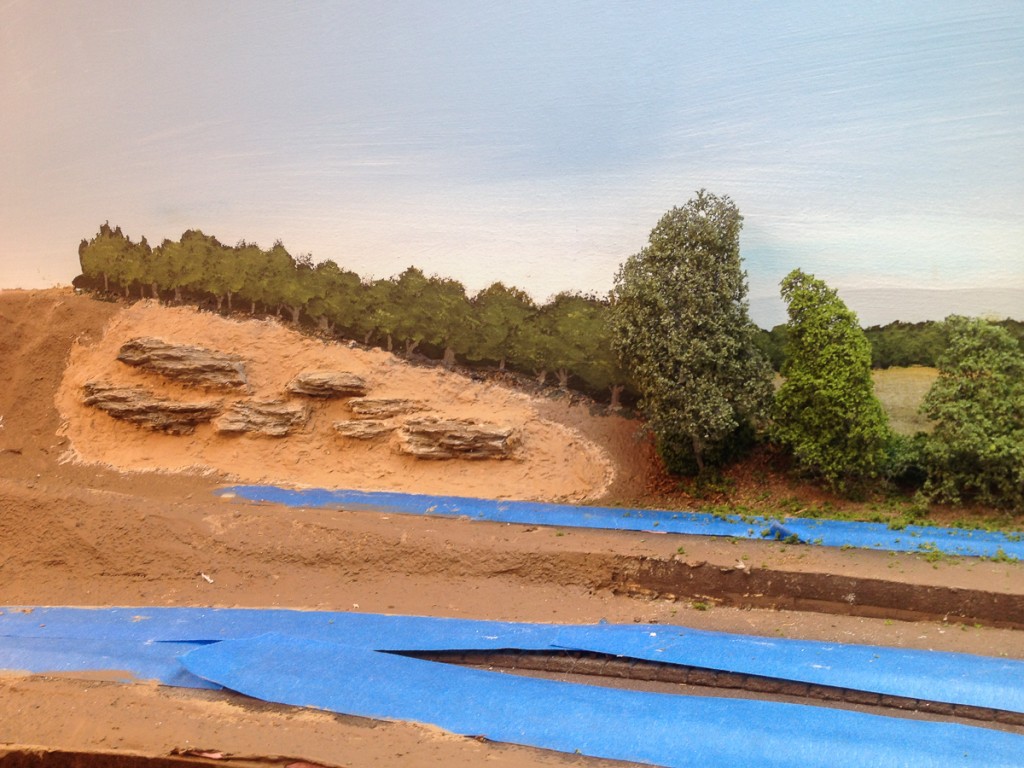
This area will represent an abandoned cut from the old Central Pennsylvania Lumber Co. logging railroad, so I figured it would be a good place to get my feet wet on the whole rock thing. My thought is that if it doesn’t look satisfactory, I can cover the whole area with brush and trees, since it is supposed to be “abandoned” anyway.
One thought I had over the past month while slogging away at this phase of the layout, is that the model railroad press and the popular bloggers never mention what a chaotic mess building scenery is:
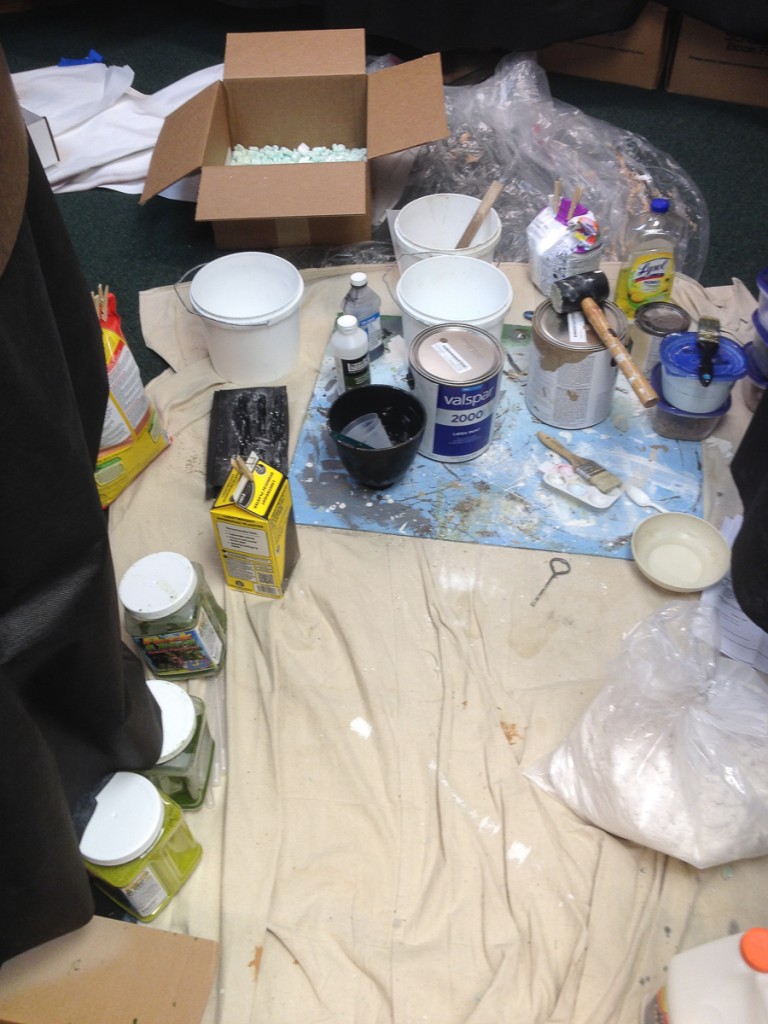
Building convincing model railroad scenery requires a lot of different textures and colors; which means an incredible amount of different materials and colors, each with their own techniques, pitfalls, and modes of spillage.
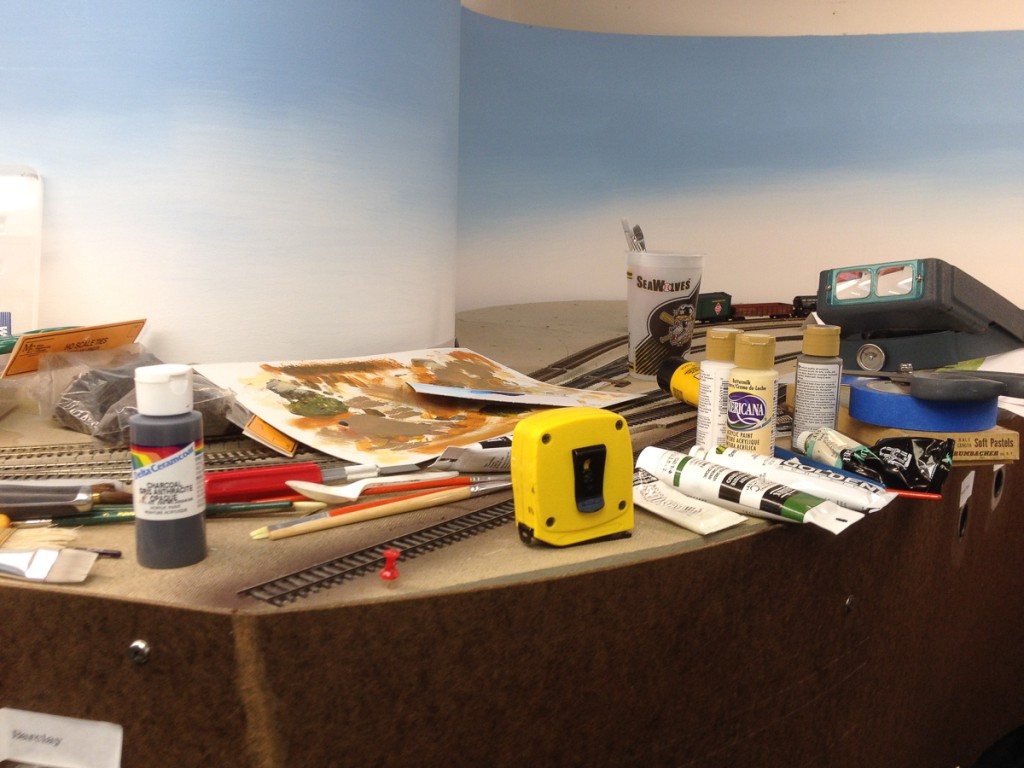
In turn, this means an incredible amount of “stuff” gets scattered all over the rest of the railroad:
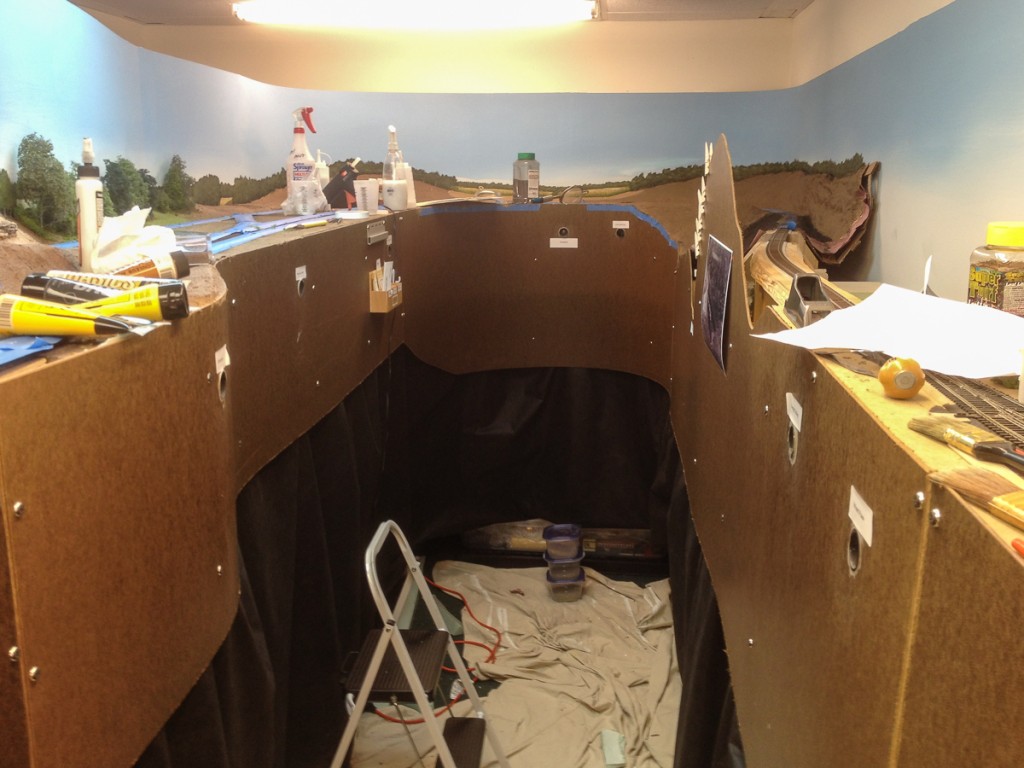
I think a close ratio would be about 6 cubic feet of materials and mess for one square foot of scenery. However, 1 square foot requires the same supplies as 100 square feet, so I figure I might as well scenic a decent sized piece of real estate while I’m at it. The chaos does get old though…(To Be Continued)
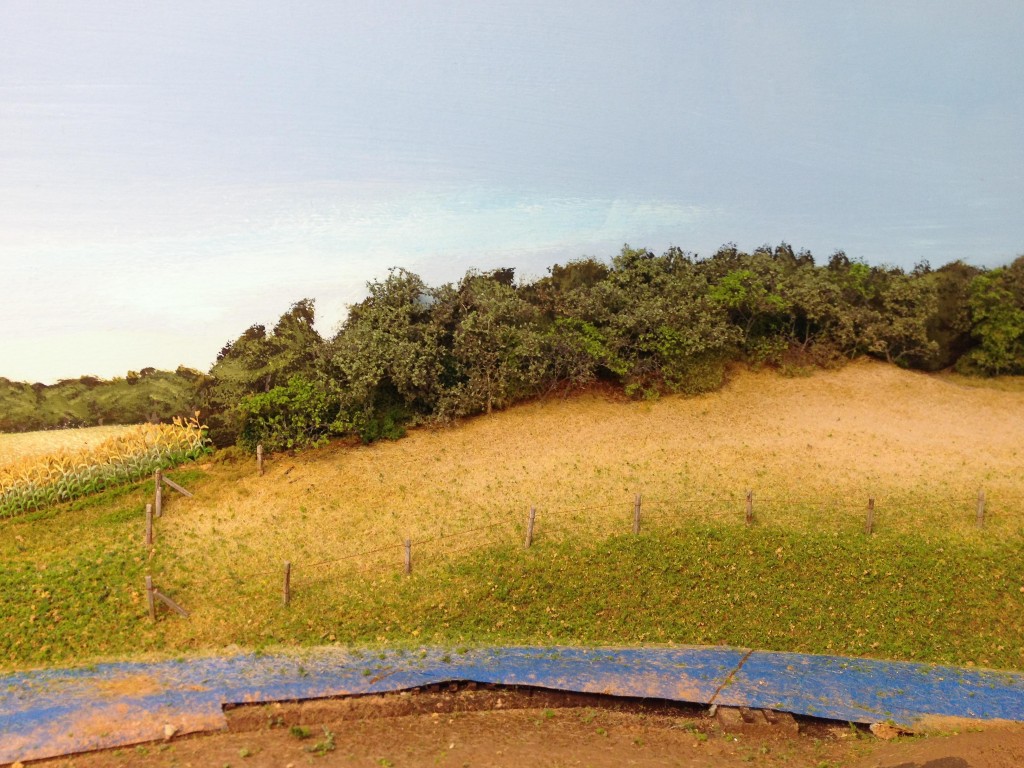
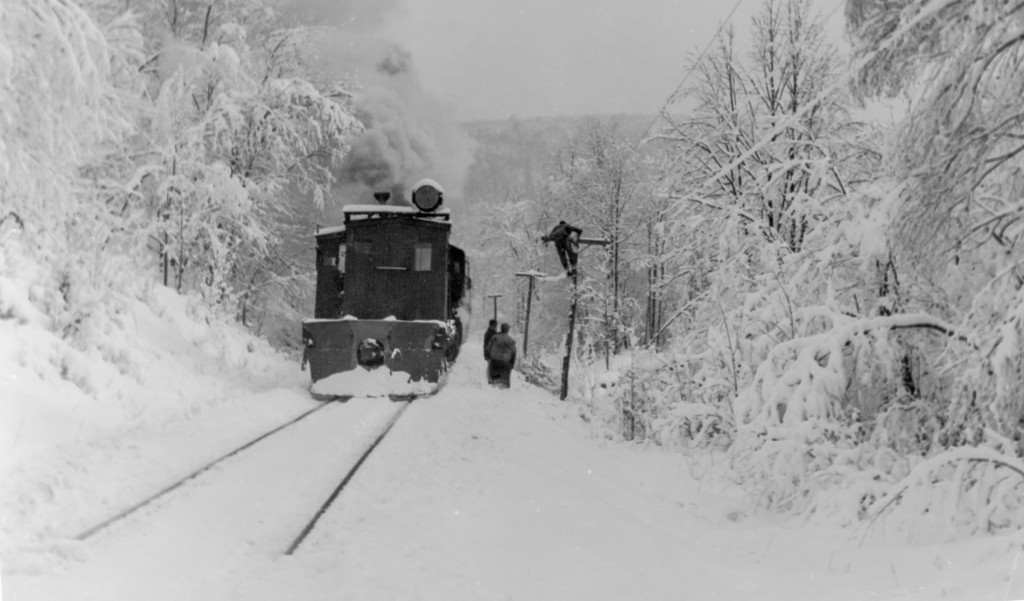
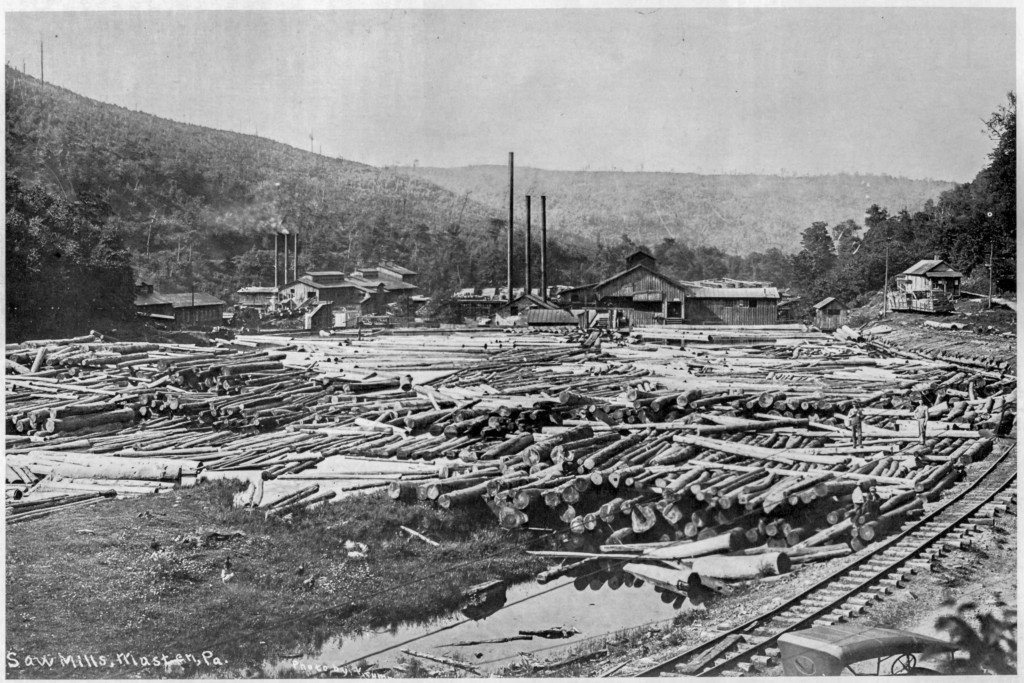
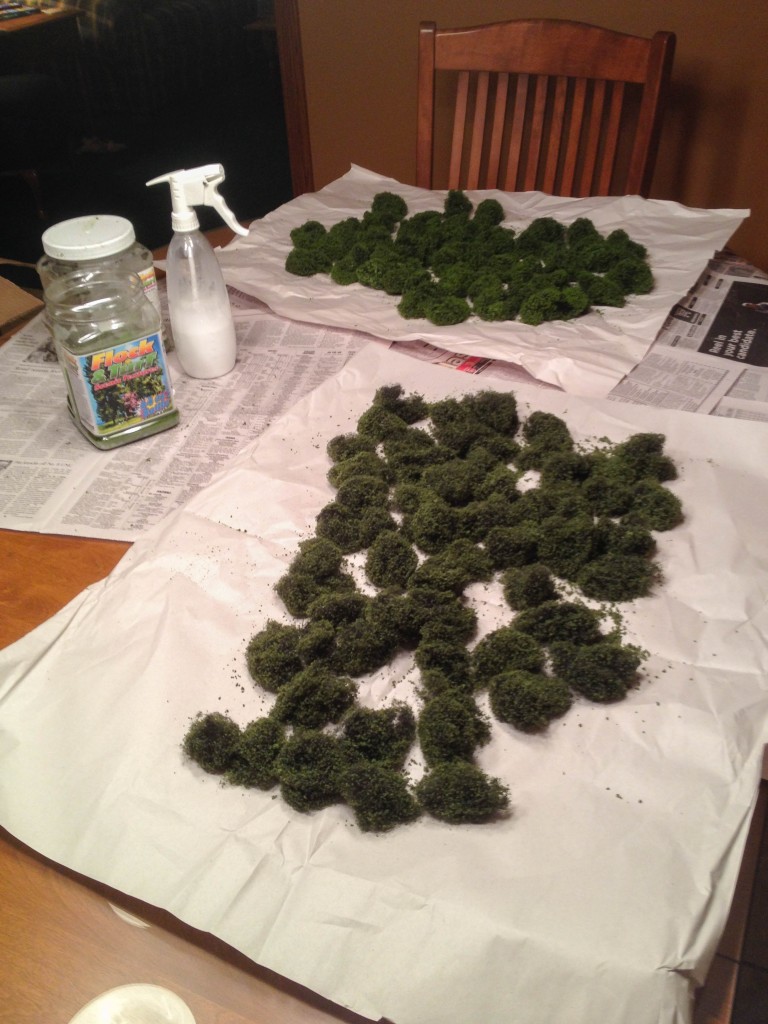
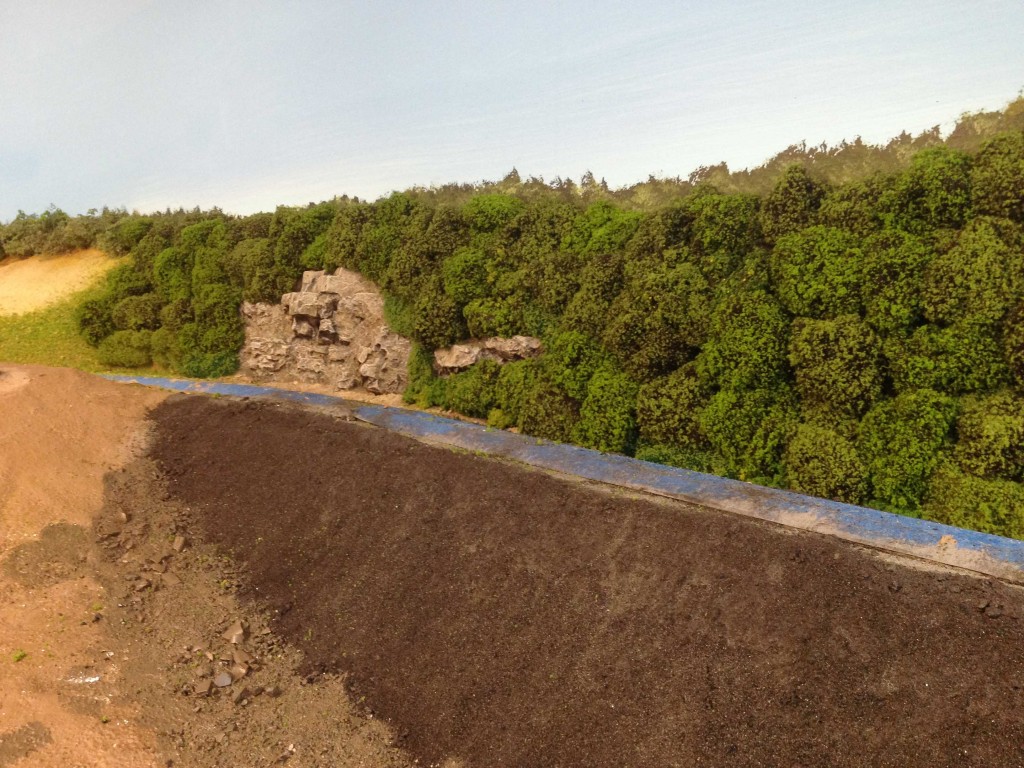
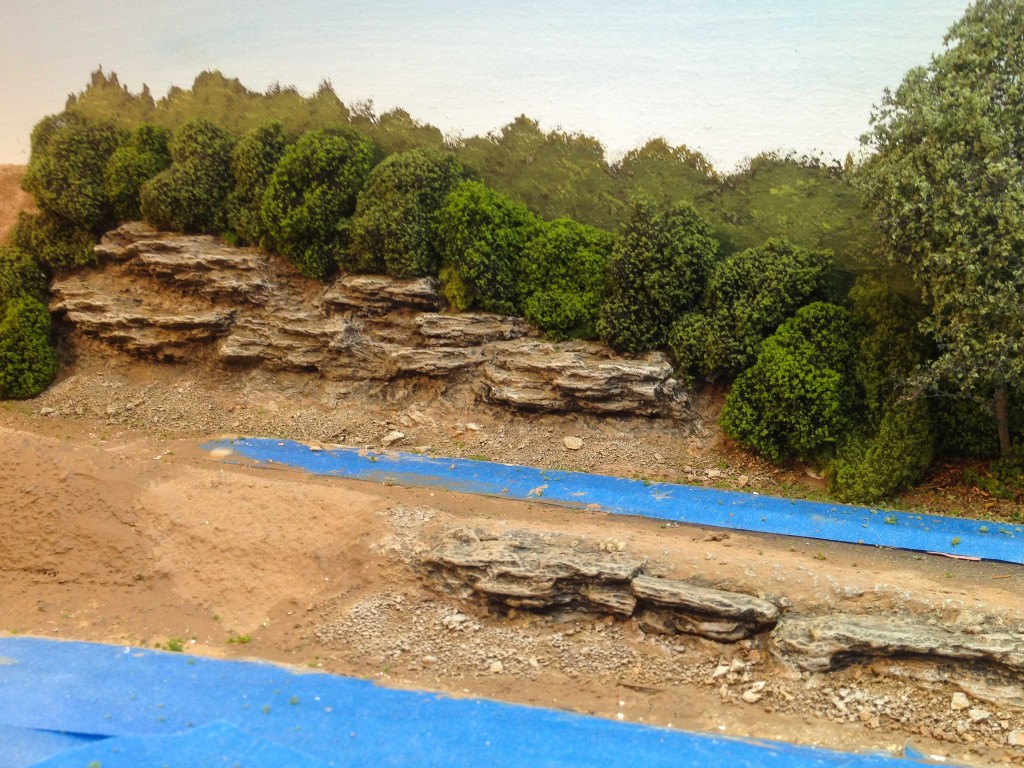
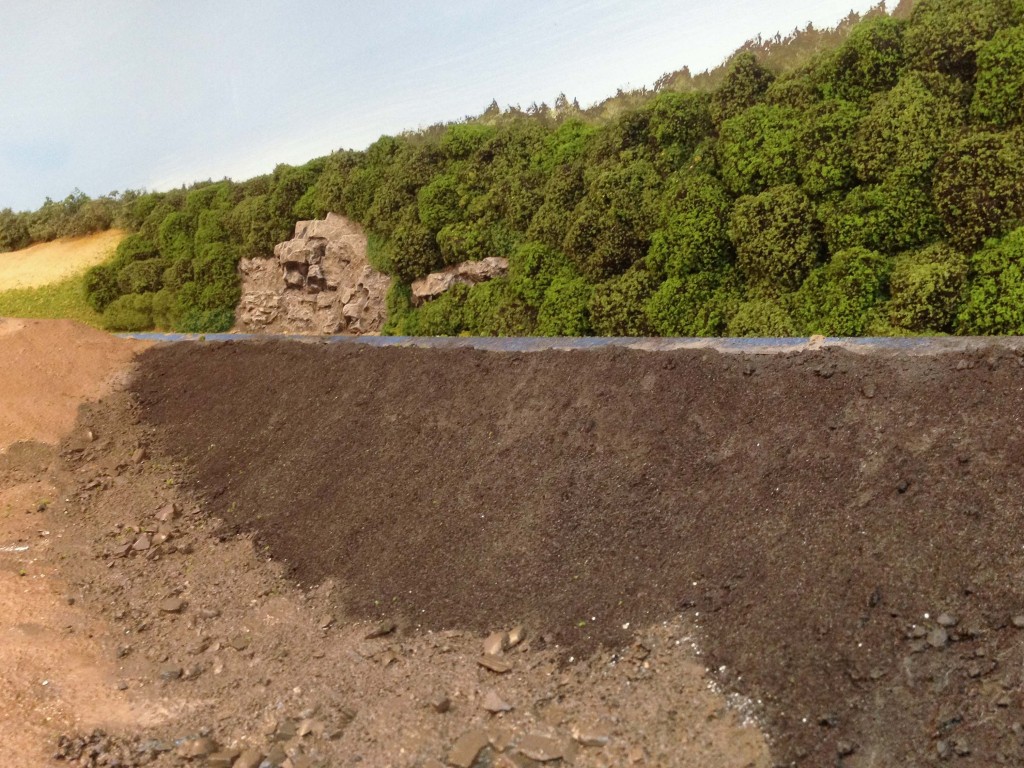
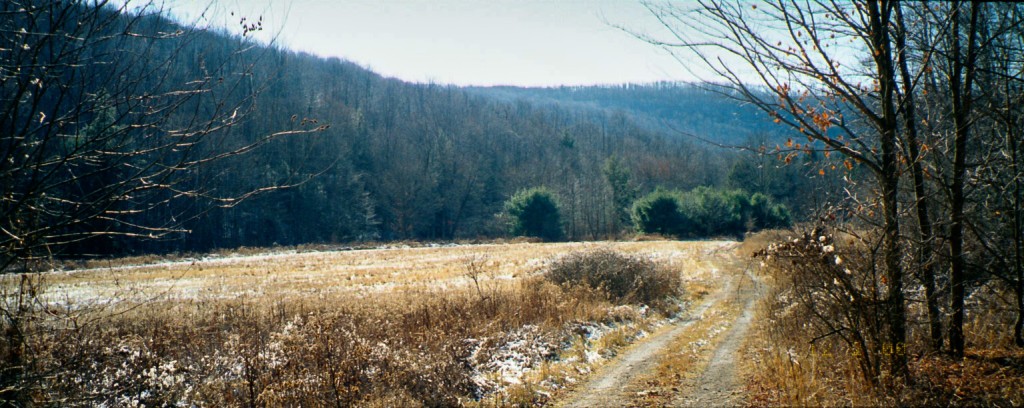
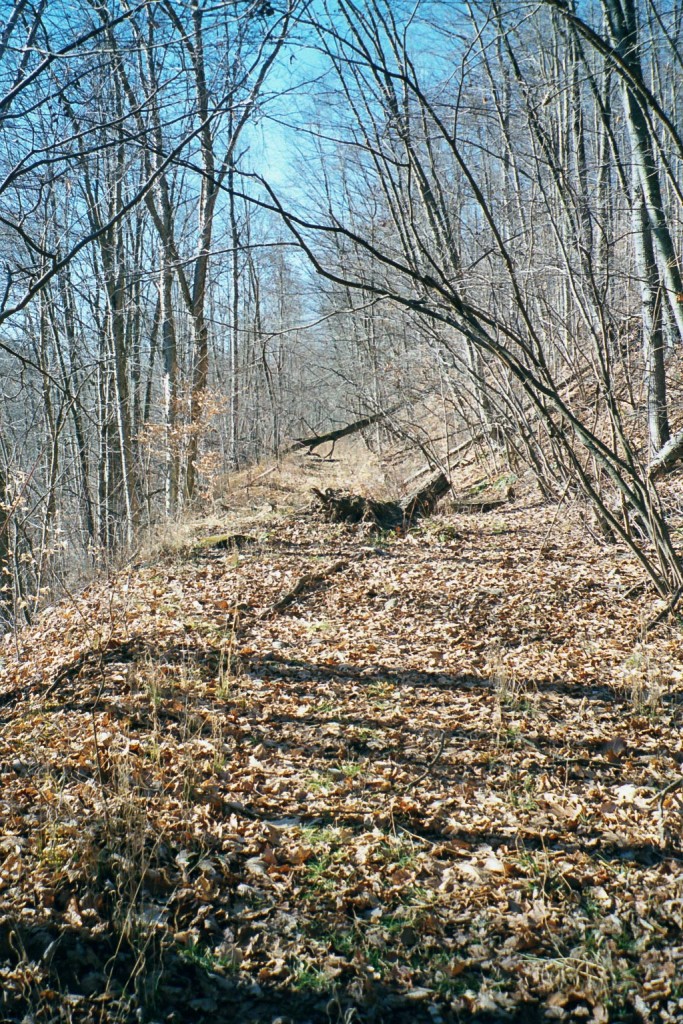
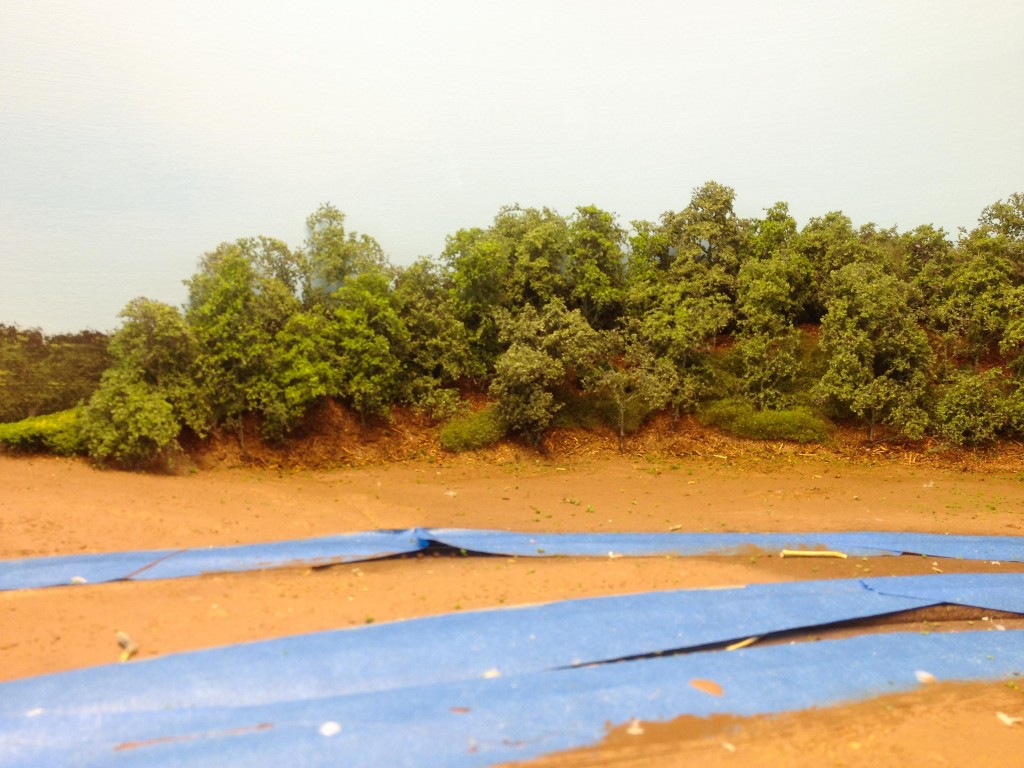
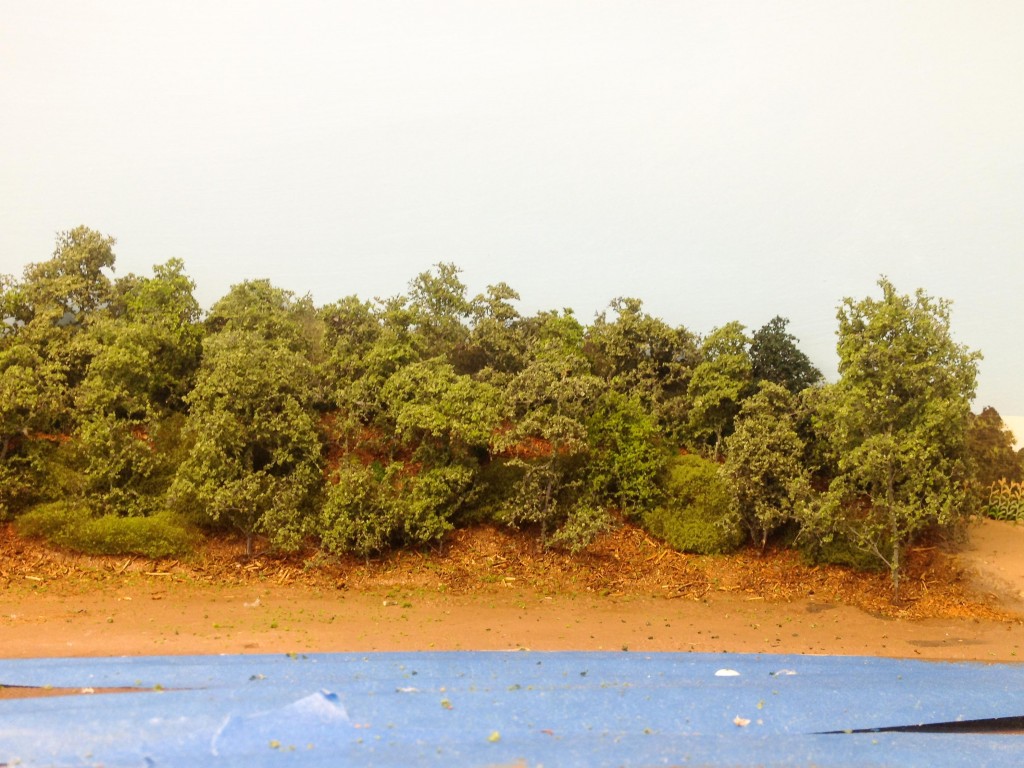
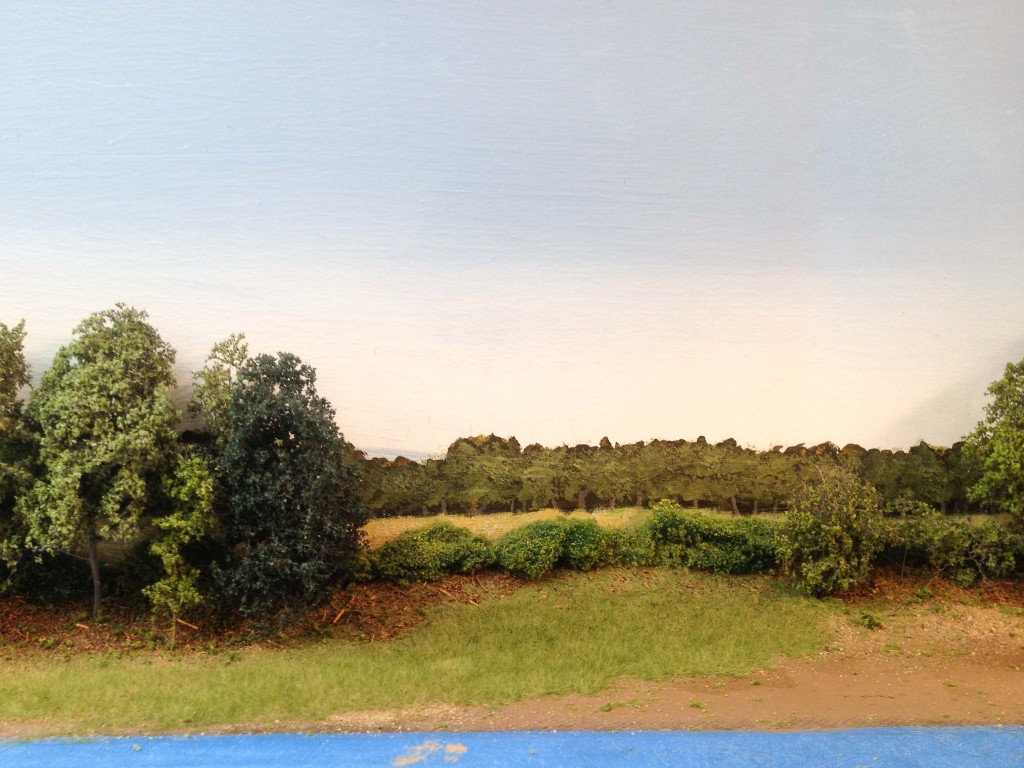
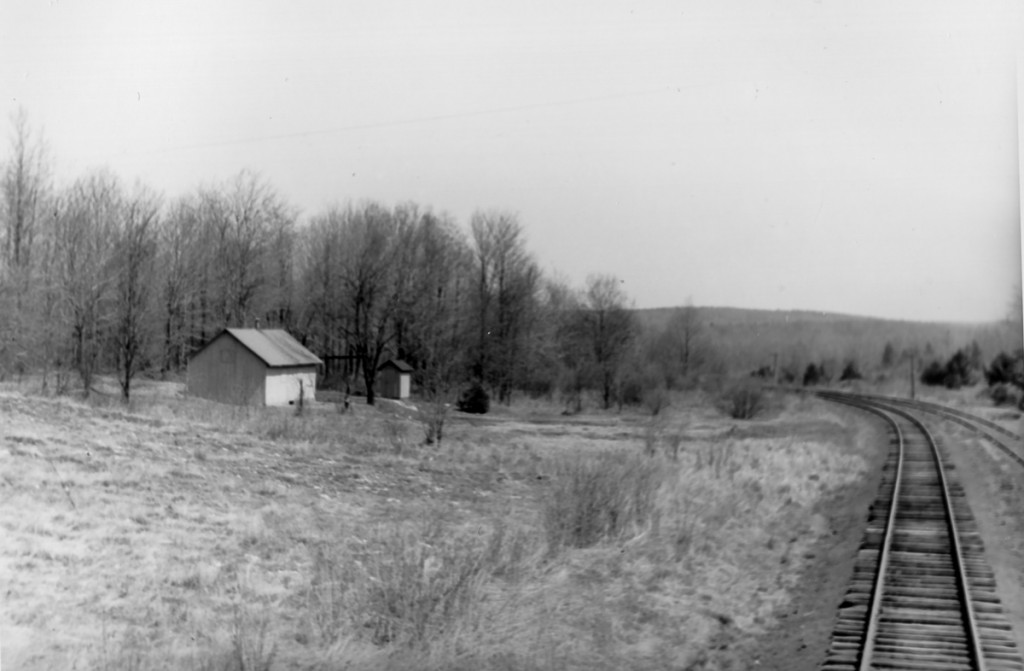





Recent Comments